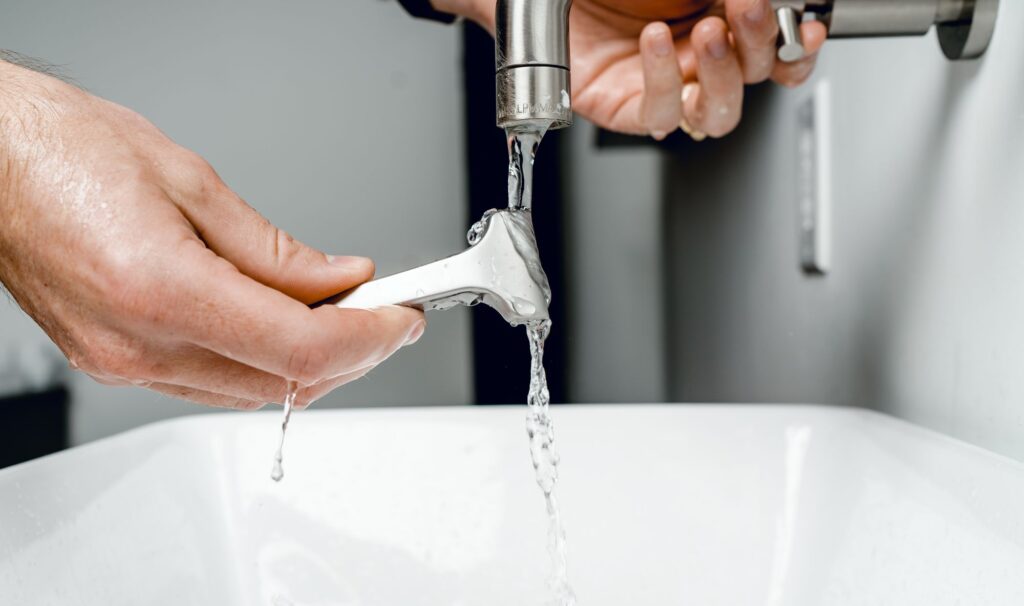How to Deal with Pest Infestations Related to Plumbing
Pest infestations are a nightmare for homeowners, but when they are tied to plumbing issues, they can become even more challenging to tackle. Plumbing systems, especially those that are poorly maintained or have developed leaks, can create the ideal environment for pests like cockroaches, rats, silverfish, and drain flies. Understanding the connection between your home’s plumbing and potential pest problems is the first step to effectively preventing and resolving infestations.
Understanding Why Pests Are Attracted to Plumbing
Plumbing systems offer pests two of the things they need most to survive: moisture and access to shelter. Leaky pipes, dripping faucets, clogged drains, and even standing water in sinks or basements can create a breeding ground for many insects and rodents. Some pests, such as cockroaches and silverfish, are drawn to the damp, dark spaces behind walls and under sinks, while rodents might use broken pipes or sewer lines as entry points into your home.
Sewer systems can also provide a direct route into your property for rats and other vermin. If a pipe is cracked or not properly sealed, it can act as a tunnel that leads pests straight to your kitchen, bathroom, or laundry room. This makes plumbing maintenance a crucial aspect of pest prevention.

Identifying the Signs of Plumbing-Related Pest Infestations
Recognizing the early signs of a pest problem linked to plumbing can save you from more extensive damage and costly repairs. You may notice small droppings under the sink, around drains, or near plumbing fixtures. Strange odors, especially musty or sewage-like smells, can also indicate a combination of mold, stagnant water, and pests.
Gurgling noises from drains, slow-draining water, or backups in the plumbing system can be warning signs that pests have entered your pipes or that a clog is creating a suitable environment for them to thrive. Spotting live pests near sinks, toilets, or utility closets is another obvious red flag.
Addressing Plumbing Issues to Cut Off Pest Access
One of the most effective ways to deal with pest infestations is to address the root cause: moisture and entry points within the plumbing. Start by inspecting all visible pipes and fixtures for leaks, condensation, or damage. Even a slow, barely noticeable drip can attract pests over time.
Ensure that drains are clean and free of food debris, grease, and organic matter, as these can attract flies and cockroaches. Drain cleaners, enzymatic solutions, or a mixture of baking soda and vinegar followed by boiling water can help remove buildup in pipes and eliminate breeding grounds.
Sewer lines should be checked for cracks or damage that could allow rodents to enter. If you suspect a breach in the sewer system, it’s best to hire a professional plumber to conduct a camera inspection and provide targeted repairs. Sealing all gaps around pipes with caulking or expanding foam can further reduce access points.
Using Pest Control Methods That Work with Plumbing Systems
Chemical pest control methods can be tricky when dealing with plumbing-related infestations, as you need to avoid contaminating water systems or creating toxic environments. It’s safer and more effective to use traps, gels, or bait stations near plumbing fixtures instead of sprays or powders that could enter the water supply.
For insects that breed in drains, such as drain flies, biological drain cleaners can break down organic material without harming pipes or posing a risk to health. In more serious infestations, hiring a professional pest control company that understands how to work around plumbing safely is the best course of action.
Rodent infestations often require more aggressive action. If rats or mice are entering through sewer lines or broken pipes, you may need to install one-way valves or screens to block access. In these cases, both pest control and plumbing repairs are necessary to achieve a lasting solution.
Preventative Maintenance for Long-Term Results
Prevention is always better than treatment, especially when it comes to plumbing and pest control. Regular plumbing inspections can identify leaks, condensation, or areas where pests may be gaining access. Fixing problems promptly not only deters infestations but also reduces the risk of water damage and mold.
Keep kitchen and bathroom areas clean and dry, especially around sinks, tubs, and toilets. Make sure your home’s ventilation is adequate to prevent excess humidity, and use dehumidifiers if necessary in areas prone to moisture buildup, such as basements.
It’s also a good idea to regularly flush drains with hot water and a cleaning solution to prevent buildup. Avoid disposing of grease, oils, or food particles down the drain, as these can attract pests and cause blockages that make infestations worse.

Working with Professionals for Integrated Solutions
Dealing with a pest infestation that’s tied to plumbing issues often requires a coordinated approach. Plumbers and pest control experts may need to work together to eliminate the problem and prevent it from returning. A pest control technician can identify the specific species invading your home and recommend targeted treatments, while a plumber can repair and reinforce the physical systems that allowed the infestation to occur.
Some companies offer integrated pest and plumbing services, which can be especially useful in severe cases. These professionals are trained to identify how structural issues with your plumbing are contributing to pest activity and can develop a comprehensive plan to address both concerns simultaneously.